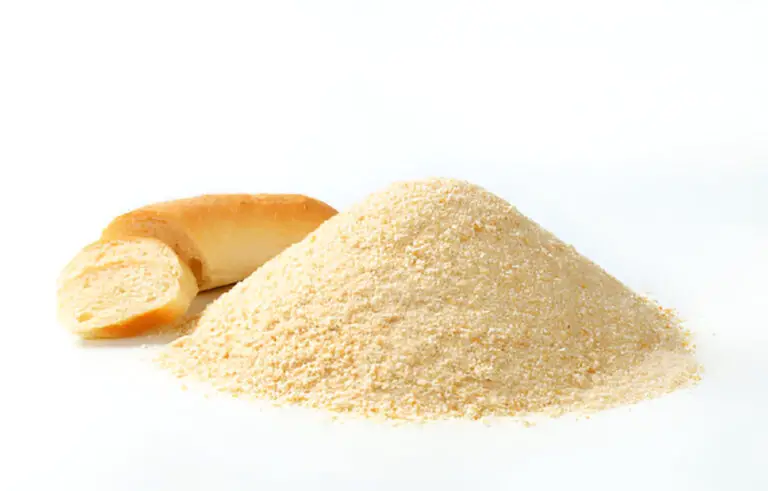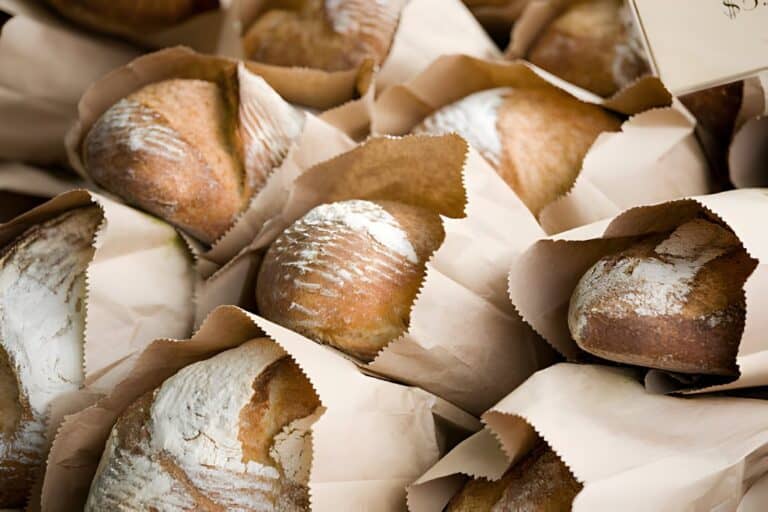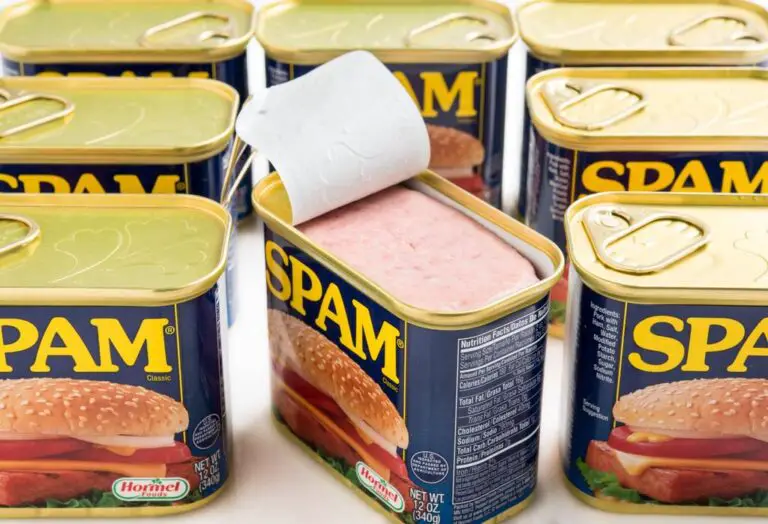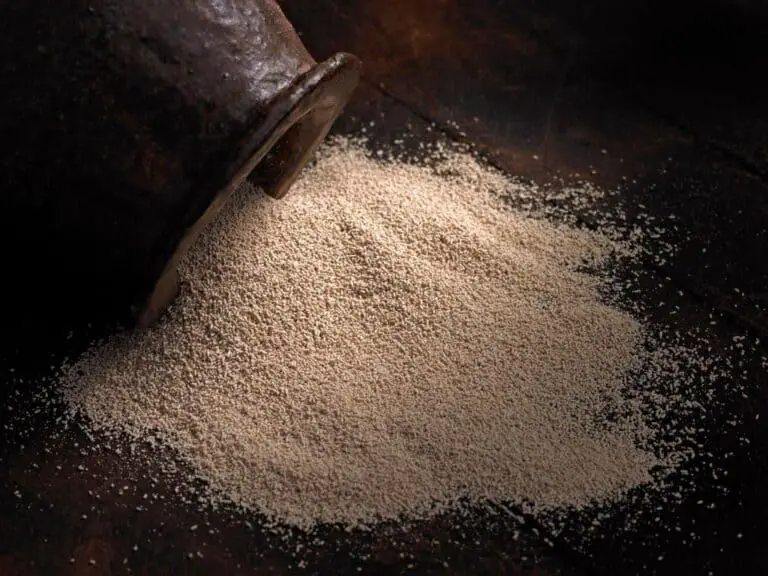How Do You Cook Mushrooms So They Are Not Slimy and Soft?
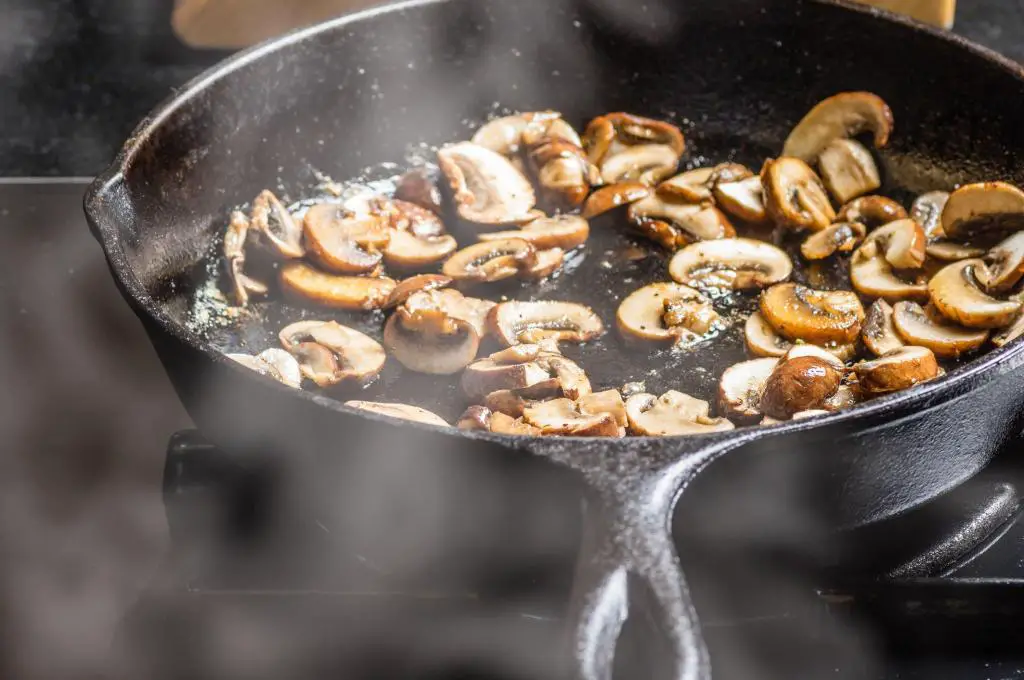
Mushrooms are nature’s umami-packed gems, a culinary delight that can turn an ordinary meal into a gourmet experience. But for many home cooks, there’s a usual food dilemma: how to cook mushrooms that aren’t slimy or soft.
There’s nothing worse than biting into a prepared dish only to be met with a mouthful of slimy, mushy mushrooms.
Fear not, dear reader, for we’ve embarked on a flavorful journey to uncover the secrets of mushroom mastery. So, let’s dive in and unlock the secrets to mushroom perfection!
Why Don’t You Want Your Mushrooms to Be Slimy and Soft?
When it comes to cooking mushrooms, achieving the perfect texture is paramount. Nobody wants slimy, soft, or mushy mushrooms on their plate. It’s not just about aesthetics; it’s about flavor and mouthfeel.
Mushrooms, when cooked right, offer a delightful umami-rich bite and are a wonderful addition to countless dishes. So, why should you avoid slimy and soft mushrooms?
Texture Matters: The texture of mushrooms can make or break a dish. Mushy mushrooms can be unappetizing and detract from the eating experience.
Flavor Preservation: Mushrooms have a unique earthy flavor that’s best showcased when they are cooked just right. Overcooking can dull their taste, and sliminess can mask their natural flavor.
Versatility: Mushrooms can be used in a lot of different ways, like on pizza, in risottos, or in stir-fries. Achieving the right texture allows them to shine in various culinary creations.
Visual Appeal: Visually, firm and beautifully browned mushrooms can be an attractive component of a dish. Slimy and soft mushrooms lack that visual appeal.
It’s not just about avoiding a cooking mistake. It’s about improving your cooking skills and enjoying the true flavor of this amazing ingredient.
What Makes My Mushrooms Slimy and Soft?
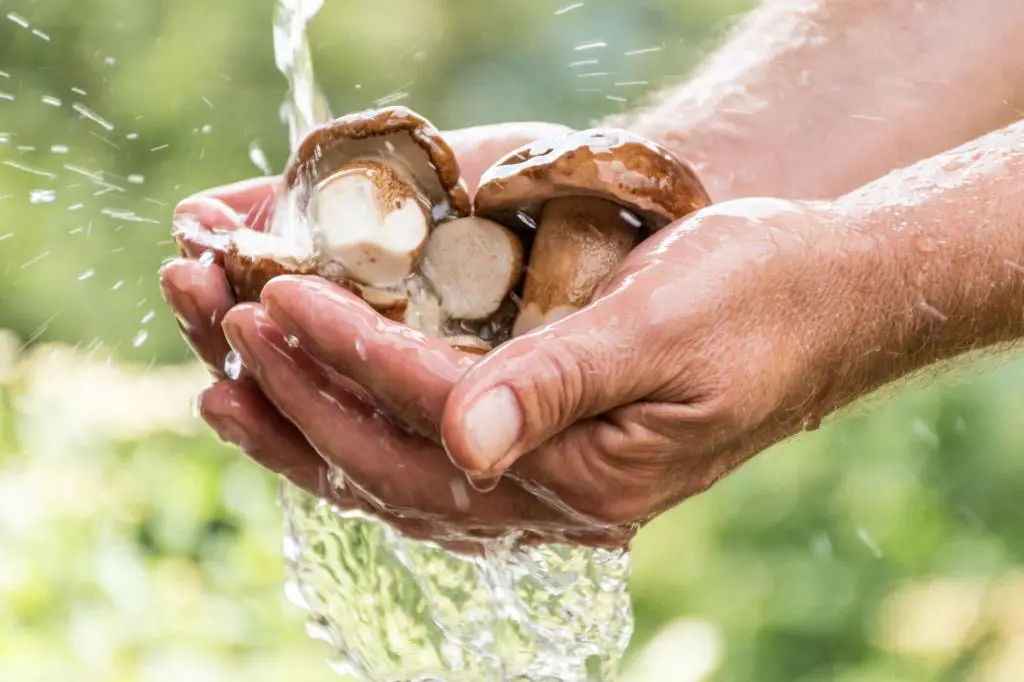
Before we dive into the techniques to achieve the ideal mushroom texture, it’s crucial to understand why mushrooms can get slimy and soft.
The culprits behind slimy and soft mushrooms are excess moisture and improper cooking techniques. Mushrooms have lots of water. If you handle them wrong, they can become mushy. Overcooking can further exacerbate the problem, causing a loss of flavor and an unappealing consistency.
To prevent slimy and soft mushrooms, you’ll need to employ a combination of strategies, from choosing the right mushrooms and using fresh ones to employing proper cooking techniques that help retain their ideal texture and unique flavor.
By understanding these factors, you can elevate your mushroom cooking game and ensure you always have the perfect bite on your plate.
How to Prevent Your Mushrooms from Being Slimy and Soft
Mushrooms are naturally water-rich, and improper cooking methods can release this moisture, leading to an undesirable texture. Here’s how to prevent it:
1. Choose the Right Mushrooms
Not all mushrooms are created equal when it comes to texture. Some varieties, like shiitake and oyster mushrooms, are less prone to becoming slimy. When aiming for a firmer texture, consider using these options.
2. Use Fresh Mushrooms
Freshness matters. Older mushrooms are more likely to release excess moisture during cooking. Look for mushrooms that are firm, with no signs of sliminess or browning.
3. Clean Mushrooms Properly
Mushrooms are like sponges, and they can absorb water. Mushrooms can get slimy when washed. Instead of submerging them in water, wipe them clean with a damp cloth or use a soft brush to remove dirt and debris.
4. Slice Them Right
The way you slice your mushrooms can influence their texture. Thin slices cook faster and may retain a firmer texture. Conversely, thicker slices can sometimes result in softer mushrooms.
Cooking Techniques for Perfect Mushroom Texture
Now that we’ve tackled the moisture issue, let’s explore cooking techniques that will help you achieve mushrooms with the ideal texture:
5. Dry Sautéing
One effective technique for minimizing moisture is dry sautéing. Start by heating a pan over medium-high heat. Once hot, add your sliced mushrooms without any oil or butter. Dry sauté for a few minutes until the moisture begins to evaporate. Then, add a touch of oil and continue cooking until they brown to your liking.
6. High Heat Cooking
Cooking mushrooms on high heat allows for rapid moisture evaporation. The high heat helps seal the mushroom’s surface, preventing excessive moisture release. Sauté, stir-fry, or even grill your mushrooms for a firmer texture.
7. Don’t Overcrowd the Pan
Overcrowding the pan can lead to uneven cooking and excess moisture. If you have a large batch of mushrooms, cook them in batches to ensure they have enough space to cook evenly.
8. Season Towards the End
Seasoning mushrooms with salt too early can draw out moisture. Instead, season them toward the end of the cooking process to maintain a firm texture.
9. Roasting
Roasting mushrooms in the oven is an excellent method for achieving a robust, meaty texture. Toss them with olive oil, salt, and your favorite seasonings, then roast at a high temperature until they are nicely browned.
| Related: Can You Cook Mushrooms and Onions Together? |
Mushroom Dishes That Shine
Now that you’ve mastered the art of cooking mushrooms to avoid sliminess and softness, let’s explore a few delightful dishes that showcase this marvelous ingredient:
10. Couscous Mushroom Brussels Sprouts
Couscous Mushroom Brussels Sprouts is a delectable medley of flavors and textures. Tender Brussels sprouts meet earthy mushrooms and fluffy couscous in a harmonious dish. The Brussels sprouts add a hint of crispness, the mushrooms infuse an umami richness, and the couscous provides a light, fluffy base. It’s a delightful ensemble of tastes and a satisfying, balanced meal.
11. Creamy Mushroom Risotto
Creamy mushroom risotto is a classic dish that allows mushrooms to shine. Sautéed mushrooms are folded into the risotto, adding depth and flavor without sacrificing texture.
12. Garlic Butter Mushrooms
Simple yet exquisite, garlic butter mushrooms are a savory delight. Quick cooking over high heat and a decadent garlic butter sauce ensure a firm and flavorful outcome.
13. Spicy Grilled Mushrooms and Bacon Wrapped
Spicy Grilled Mushrooms and Bacon Wrapped is a mouthwatering combination of smoky, spicy, and savory flavors. Juicy mushrooms, marinated in a spicy sauce, are lovingly enveloped in crispy bacon. The result is a tantalizing appetizer or side dish that’s sure to please your taste buds and leave you craving for more.
12. Grilled Portobello Mushrooms
Portobello mushrooms are perfect for grilling. Their large size and meaty texture make them an excellent choice for a meatless burger alternative or a hearty side dish.
13. Chanterelle Mushrooms Bruschetta
Chanterelle mushrooms, with their golden hue and delicate, nutty flavor, are a culinary treasure. When transformed into Chanterelle Mushrooms Bruschetta, they shine as the stars of the show. This delicious appetizer combines rustic charm with upscale flavor thanks to the sautéed chanterelles, toasted bread, and fragrant herbs and garlic.
Conclusion
Cooking mushrooms to achieve the perfect texture is an art, and mastering it can elevate your culinary creations. By understanding the role of excess moisture and employing the right techniques, you can ensure your mushrooms are never slimy or soft again.
Whether you’re preparing a creamy risotto, a simple sauté, or a mouthwatering grilled dish, these tips will help you make the most of this versatile ingredient. Enjoy your journey to mushroom perfection!
FAQs
How do you know when mushrooms are cooked properly?
Mushrooms are adequately cooked when they turn golden brown and have a tender texture. They should not exude excessive moisture or become overly mushy. Test the texture with a fork; it should be firm yet easy to pierce.
Can you freeze mushrooms to preserve their texture?
Freezing mushrooms alters their texture, making them slightly mushy when thawed. However, they are still usable in cooked dishes like soups and stews. To mitigate texture changes, consider sautéing or blanching them before freezing.
What are the best seasonings to use with mushrooms?
Versatile seasonings like garlic, thyme, rosemary, and parsley stems complement the earthy flavors of mushrooms. Additionally, umami-rich ingredients like soy sauce and balsamic vinegar can enhance their savory profile.
How do you prevent mushrooms from getting soggy in dishes?
To prevent sogginess, avoid overcrowding the pan during cooking and ensure that excess moisture is evaporated before adding other ingredients. Sautéing mushrooms on high heat and using a non-stick pan can also help maintain their texture.
Are slimy mushrooms safe to eat?
While sliminess in mushrooms doesn’t necessarily indicate bad condition or spoilage, it might signal bacterial growth. If the mushrooms have a foul odor or unusual color, it’s best to discard them. Otherwise, cooking thoroughly can make them safe to eat.
Why do mushrooms become slimy and soft when cooked?
Mushrooms release their natural moisture when heated, leading to a slimy texture. Overcooking or cooking them on low heat can exacerbate this issue. Certain types, especially those with a high water content, are more prone to sliminess.

